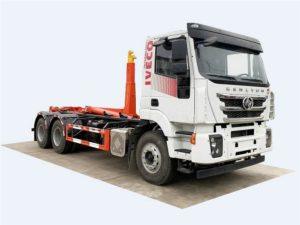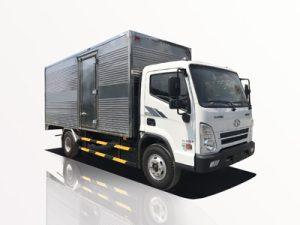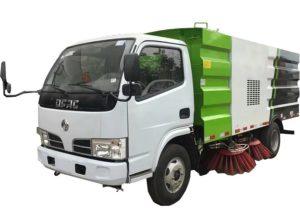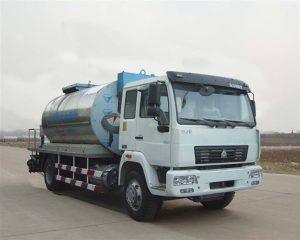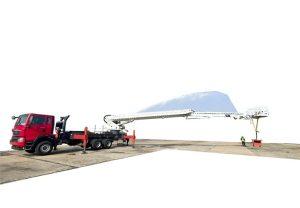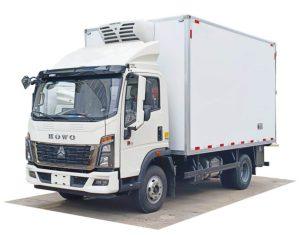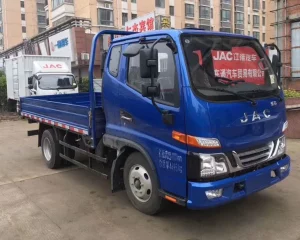Monday to Saturday - 8:00 -17:30
What is a Tanker? Understanding the Vessel that Transports Liquids
Introduction
Tankers are a vital component of global trade, serving as the backbone for transporting liquids, including crude oil, chemicals, and liquefied natural gas. These specialized ships have been designed to facilitate the safe and efficient transfer of bulk liquids across oceans and waterways. In this article, we will dive deep into the world of tankers, exploring their types, designs, risks, and the vital role they play in the economy.
What Defines a Tanker?
A tanker is a type of merchant vessel specifically intended for carrying liquids in bulk. Unlike other cargo ships, tankers feature a series of specialized tanks designed to hold liquid cargo securely. The design varies based on the type of liquid being transported, with specific safety and construction regulations in place to accommodate the hazardous nature of certain liquids.
Key Characteristics of Tankers
- Specialized Tank Design: Tankers have different compartments to prevent cargo contamination.
- Size and Capacity: The dimensions of tankers vary significantly, classified into various categories based on their capacity.
- Material: Tankers are constructed from materials resistant to corrosion, ensuring durability and safety.
Types of Tankers
Tankers can be categorized based on their design, purpose, and the type of liquid they transport. The most common types include:
1. Crude Oil Tankers
These tankers are designed for transporting unrefined crude oil from drilling sites to refineries. Examples include:
| Type | Capacity (DWT) |
|---|---|
| Suezmax | 120,000 to 200,000 |
| Aframax | 80,000 to 120,000 |
| VLCC (Very Large Crude Carrier) | 200,000 to 320,000 |
2. Product Tankers
These tankers are used for transporting refined oil products such as gasoline, diesel, and jet fuel. They are smaller and often have more compartments to minimize contamination.
3. Chemical Tankers
These vessels are designed specifically for carrying liquid chemicals. They have advanced features to handle different chemicals safely, often having multiple segregated tanks.
4. Liquefied Natural Gas (LNG) Carriers
LNG carriers transport liquefied natural gas and are specially designed to maintain extremely low temperatures.
5. Liquefied Petroleum Gas (LPG) Carriers
These tankers transport LPG and have specific safety features to handle pressurized gases.
Tankers Design and Construction
The design of a tanker considers various aspects, such as capacity, the nature of the liquid, safety regulations, and environmental considerations. Tankers are characterized by:
Double Hulls
Modern tankers are often constructed with a double hull design, which provides an extra layer of protection against leaks. The outer hull serves as a barrier, which can contain spills in the event of an accident.
Segregated Ballast Systems
This system uses separate water ballast tanks to maintain stability and prevent the ship from listing during transport.
Operation of Tankers
The operation of tankers involves several key processes, ensuring secure loading, transportation, and discharge of liquids.
Loading and Discharging
Before loading, extensive measures are taken to check the integrity of the tanks and ensure compatibility of the liquid cargo. Discharging involves careful monitoring to avoid spillage and ensure all cargo is offloaded.
Navigational Challenges
Operating a tanker requires navigating through potentially hazardous conditions, including cyclones, shallow waters, and busy shipping lanes. Mariners are trained extensively to handle these challenges.
Safety and Environmental Concerns
Tankers face significant safety and environmental risks, particularly when transporting hazardous materials. Below are some considerations:
Spills and Leaks
Spills resulting from accidents can have severe environmental impacts, leading to strict regulations and safety measures in place. Techniques like double hulls and regular inspections are critical to preventing leaks.
Fire and Explosion Risks
Certain liquids transported in tankers are flammable, necessitating stringent safety protocols to mitigate fire and explosion risks during loading, transport, and unloading.
Innovations in Tanker Technology
The shipping industry is continually innovating to improve the safety and efficiency of tankers. Some recent advancements include:
Automation and Smart Technology
Automation in navigation and cargo management systems has enhanced the operational efficiency of tankers. Smart technology helps monitor performance and improve safety protocols.
Environmental Measures
Newer ships are equipped with systems to reduce emissions and comply with international environmental standards, including ballast water treatment systems and exhaust gas cleaning systems.
The Economic Impact of Tankers
Tankers play a significant role in the global economy, impacting prices and availability of liquid resources. They facilitate international trade by transporting essential goods, which is crucial for energy security and economic stability.
Trade Routes
Major trade routes for tankers include:
- The Strait of Hormuz (oil transport from the Middle East)
- The Panama Canal (connecting the Atlantic and Pacific Oceans)
- The Malacca Strait (key route for shipments between Asia and Europe)
Impact of Global Events
Political instability and natural disasters can impact tanker operations, leading to fluctuations in oil prices and availability. Understanding these dynamics is crucial for stakeholders in the industry.
Regulatory Framework for Tankers
The operation of tankers is governed by a robust regulatory framework to ensure safety and environmental compliance. Key regulations include:
International Maritime Organization (IMO) Regulations
The IMO sets global standards for the safety and security of shipping, including guidelines specifically tailored for tankers.
Flag State Control
Each tanker is registered under a flag state, which is responsible for enforcing its own maritime laws and ensuring vessel compliance with international regulations.
Port State Control
Port states have the authority to inspect foreign ships in their waters to ensure compliance with international regulations before allowing them to dock.
FAQ
What is the primary function of a tanker?
The primary function of a tanker is to transport liquid cargoes, such as crude oil, chemicals, or liquefied gases, in bulk across oceans and waterways.
What are the main types of tankers?
The main types of tankers include crude oil tankers, product tankers, chemical tankers, LNG carriers, and LPG carriers.
How are tankers designed for safety?
Tankers are often designed with features like double hulls, segregated ballast systems, and advanced safety protocols to minimize risks of spills and leaks.
What regulations govern tanker operations?
Tanker operations are governed by international regulations set by organizations like the International Maritime Organization (IMO), along with flag state and port state controls.
How do global events affect tanker operations?
Global events such as political instability or natural disasters can disrupt shipping routes and impact oil prices, leading to significant consequences for tanker operations.
What innovations are being made in tanker technology?
Innovations in tanker technology include automation, smart navigation systems, and advanced environmental measures to reduce emissions and enhance safety.


